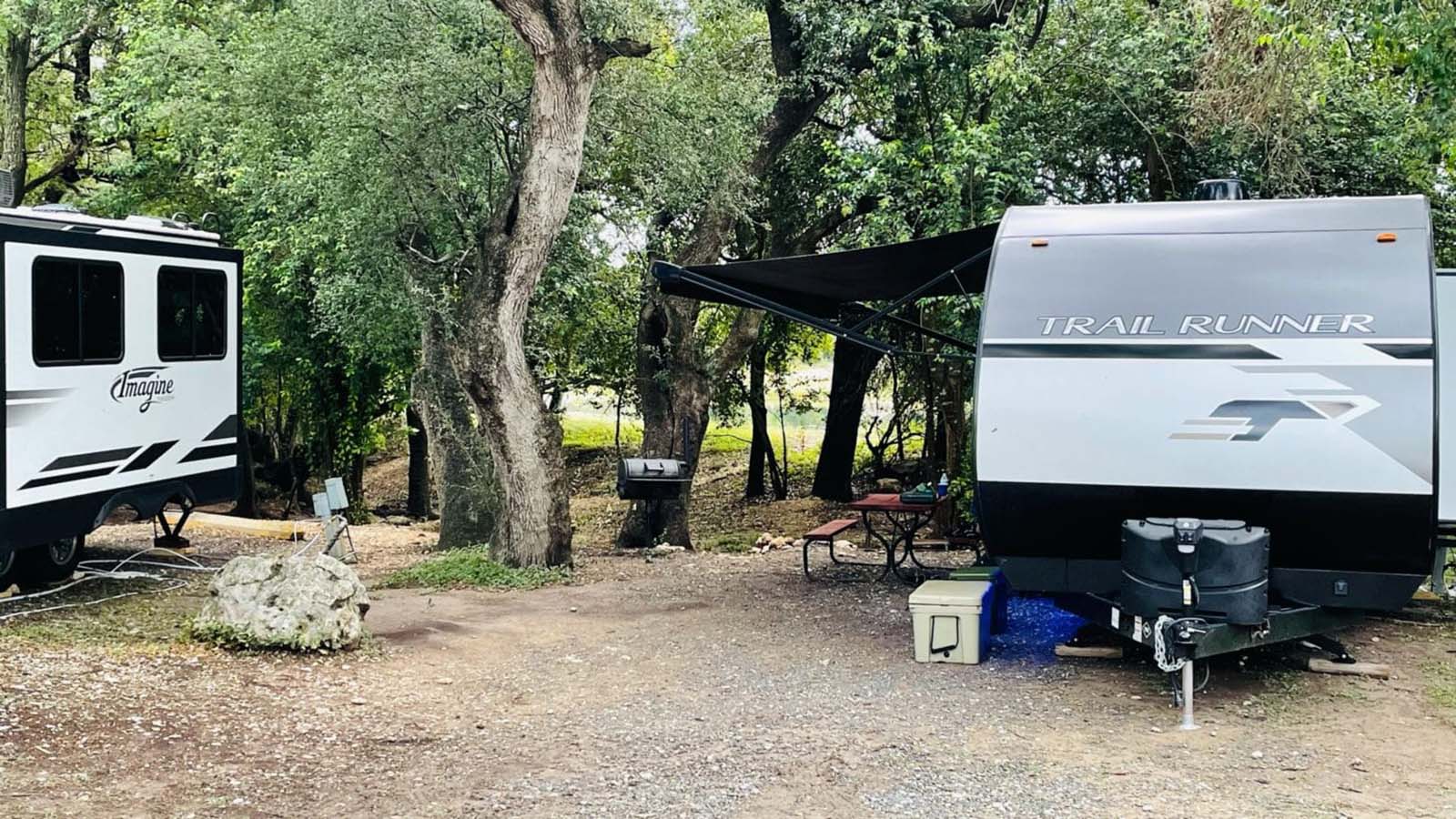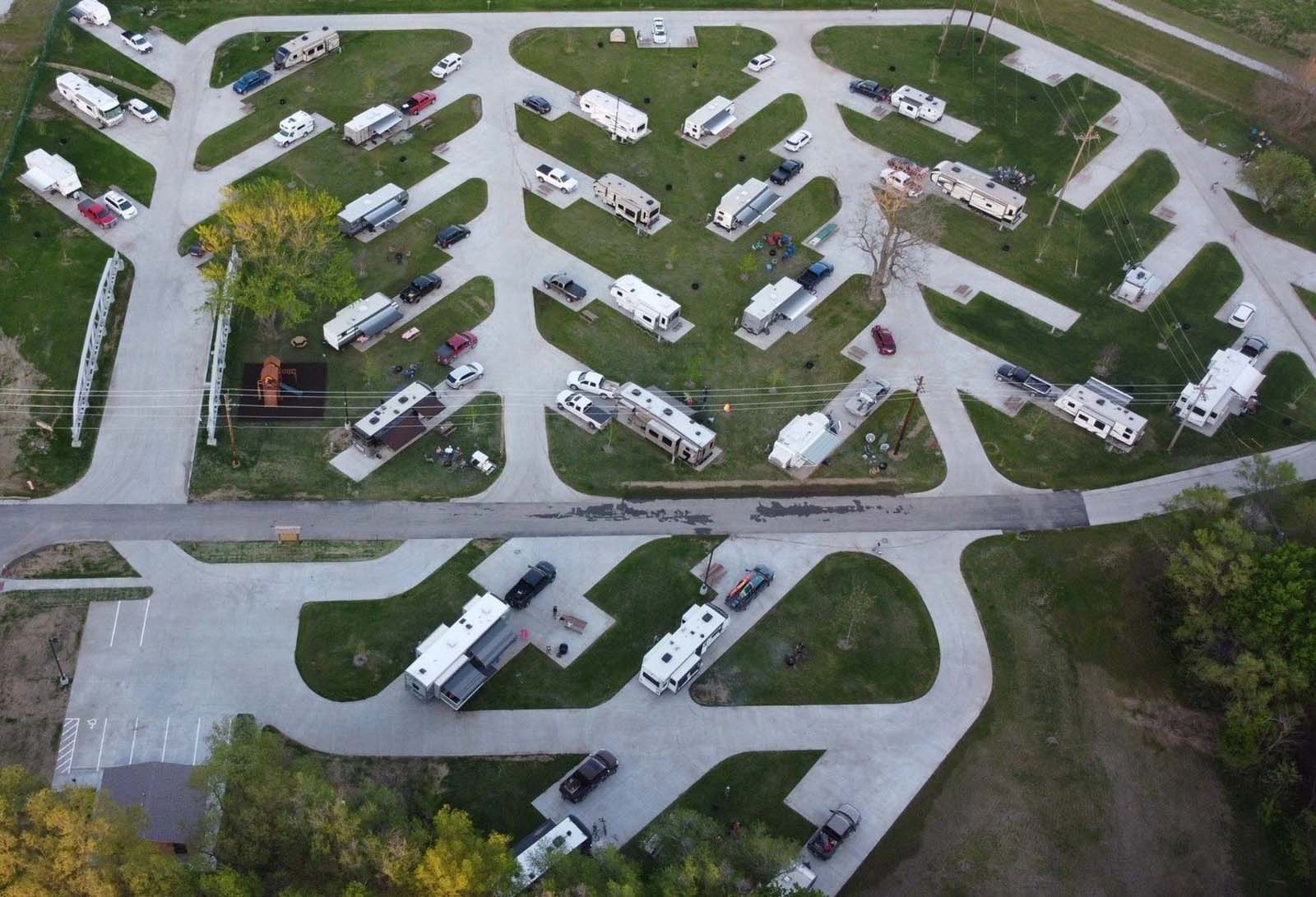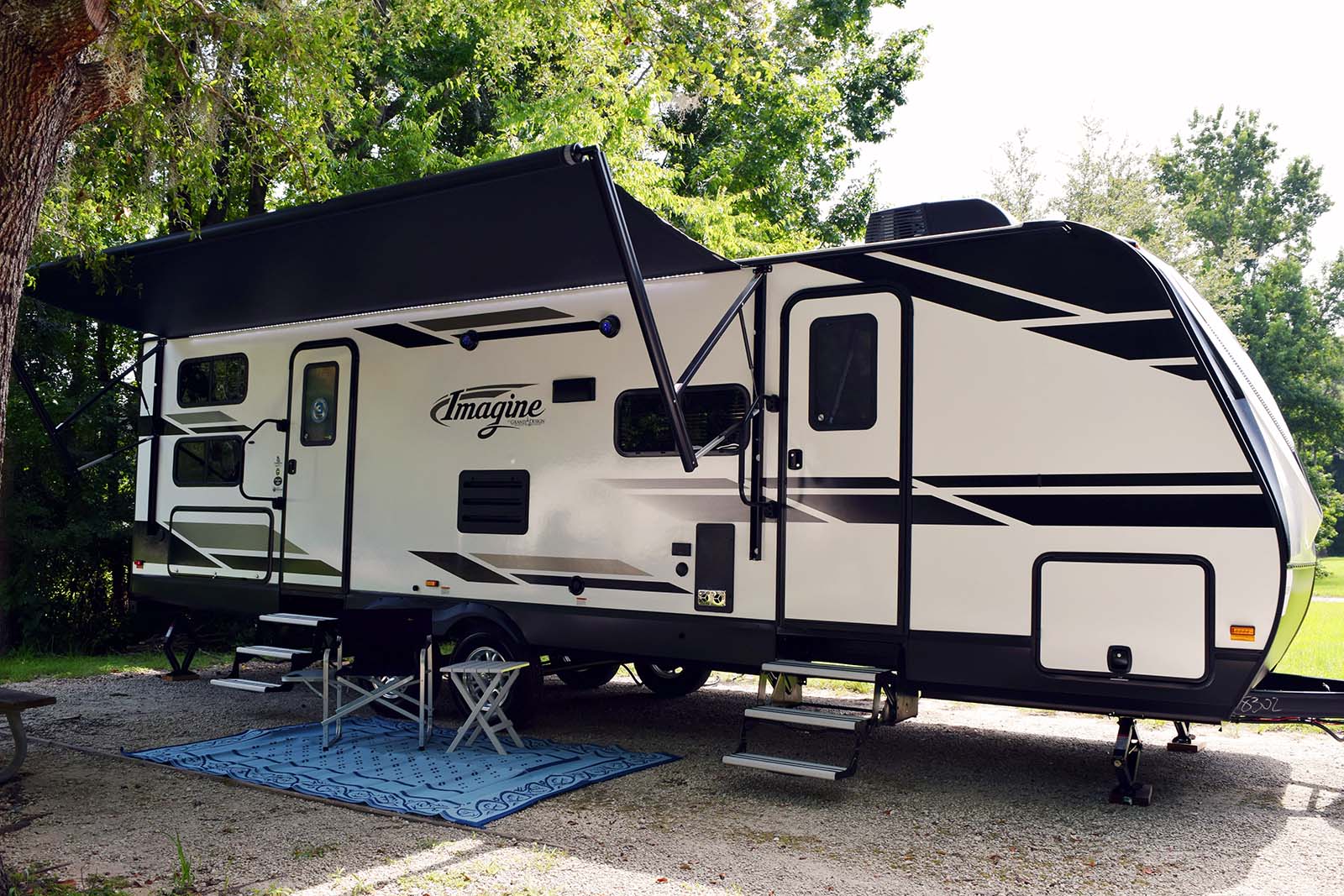How to Connect Two RV Batteries: A Step-by-Step Guide

RV batteries are crucial for providing power to various appliances and systems in your recreational vehicle. If you have additional batteries, connecting them can help enhance your overall power capacity and ensure a more reliable energy source. In this guide, we will walk you through the process of hooking up two RV batteries, step by step.
Things you will need:
1. Two RV Batteries
Ensure you have two compatible RV batteries with the same voltage, preferably deep-cycle batteries that are specifically designed for long-lasting power supply in RVs.
2. Battery Cables
Obtain the appropriate battery cables, ensuring they are of sufficient length and thickness to handle the electrical load between the two batteries. Note that thinner cables may result in power loss and reduced performance.3. Battery Box or Enclosure (Optional)
Consider using a battery box or enclosure if you want to protect the batteries from outside elements and secure them in place. Ensure the enclosure has proper ventilation to dissipate heat.Step-by-Step Guide:

1. Safety First
Before beginning any electrical work, turn off all power sources in your RV and disconnect the negative terminal of the existing battery/batteries. This step helps prevent any accidental electrical shock.2. Positioning
Place the two batteries side by side or in close proximity, ensuring they are not in contact with any conductive material that could cause a short circuit. Consider using a battery box or enclosure if desired.3. Connect the Positive Terminals
Take one battery cable and connect it to the positive terminal (+) of the first battery. Fix the other end of the cable to the positive terminal of the second battery. Ensure a tight and secure connection.4. Connect the Negative Terminals
Using a different battery cable, connect the negative terminal (-) of the first battery to the negative terminal of the second battery. Again, ensure a secure connection.5. Final Checks
Verify that all connections are tight, secure, and free from corrosion or loose wires. Double-check battery polarity, ensuring positive terminals are properly connected to negative terminals.Additional Considerations:
1. Battery Maintenance
Regularly examine and clean battery terminals to prevent corrosion. Keep batteries charged when not in use and store in a cool, dry place to prolong their lifespan.2. Charging System
Ensure your RV’s charging system is compatible with multiple batteries. You may need to upgrade your converter or inverter to handle the increased power capacity.3. Fuse or Circuit Breaker
Consider installing a fuse or circuit breaker between the batteries to protect them from excessive current and potential damage in case of a short circuit or overload.4. Seek Professional Help
If you are unsure about any step or lack experience in working with electrical systems, it is advisable to seek assistance from a professional RV technician to ensure a safe and proper battery connection.5. Regular Testing
Periodically test your battery bank and monitor its performance to identify any potential issues. This will help maintain a reliable power supply and extend the lifespan of your RV batteries.Connecting two RV batteries can significantly enhance your recreational vehicle’s electrical capacity. By following these steps and considering the additional considerations, you can ensure a safe and efficient battery connection, maximizing your power during your camping trips.

